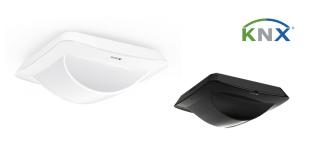The European smart thermostats market is set to boom, driven by the 2020 targets on climate change and mandatory energy efficiency certification for buildings. The enforcement of minimum standards for high energy consuming products such as boilers as well as heating, ventilating and air conditioning systems (HVAC) too is fuelling opportunities for smart thermostats. The United Kingdom, Germany and the Netherlands will account for a lion’s share of the market in Europe, while France will be the fastest growing.
New analysis from Frost & Sullivan, Analysis of the European Smart Thermostats Market , finds that the market earned revenues of $152.5 million in 2014 and estimates this to rocket up to $2,570.6 million in 2019.
“Rapidly increasing awareness among customers on the user-friendliness and comfort of smart thermostats is spurring demand in Europe,” says Frost & Sullivan Energy and Environmental Research Analyst Dhivya Sundara Manohar. “Moreover, the market is at an advantage since it is not significantly limited by government regulations.”
Although smart thermostats offer energy cost savings in the long run, high initial prices curb adoption in the medium-end and low-end customer segments. The variation in HVAC systems across European countries is another challenge hindering uptake. Smart thermostat manufacturers are forced to customise products based on individual country specifications, complicating matters for the retrofit market.
As competition intensifies, suppliers must deploy effective pricing strategies to stave off rivals. Consistent innovation will further help manufacturers make headway across countries and customer strata.
“In this technology-oriented market, frequent upgrades to sensors, connectivity, and interface are essential,” notes Dhivya. “Manufacturers must also react quickly to the need for bulk volumes by expanding production capacity.”
Most importantly, vendors need to realise that energy utility companies are critical value chain partners. Capitalising on their highly convenient and reliable sales channel will facilitate access to the mass customer market in Europe.












